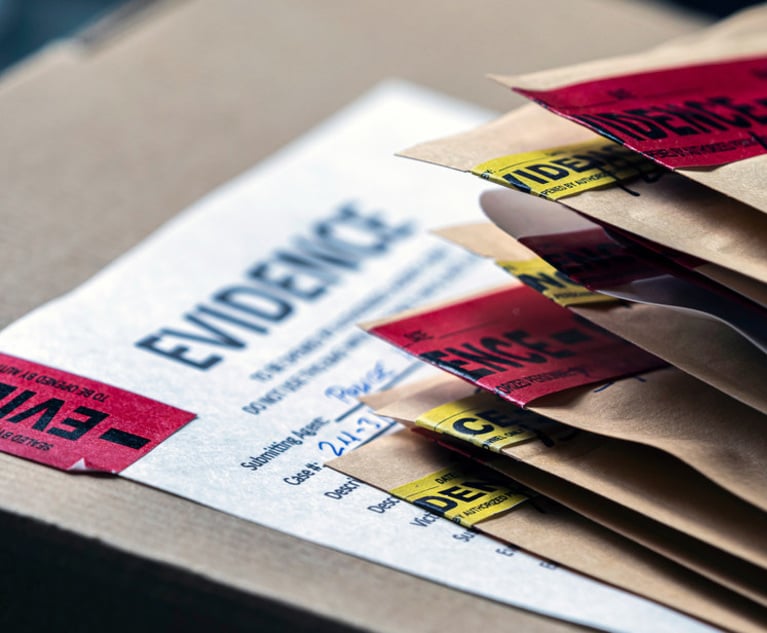 The availability of pre-action discovery as a legal remedy belies the sense of many practitioners that alleged wrongdoing must be linked to a specific wrongdoer to be actionable. While a cause of action at its essence is a set of facts that give one person the legal right to hold another person responsible for resulting damages, with pre-action discovery a plaintiff formulates a cause of action from the facts before knowing who to hold responsible for the damages that flowed from those facts.
The availability of pre-action discovery as a legal remedy belies the sense of many practitioners that alleged wrongdoing must be linked to a specific wrongdoer to be actionable. While a cause of action at its essence is a set of facts that give one person the legal right to hold another person responsible for resulting damages, with pre-action discovery a plaintiff formulates a cause of action from the facts before knowing who to hold responsible for the damages that flowed from those facts.
This article will explore the general implications of initiating legal action without an identified defendant, how New York courts have applied this rule of civil procedure, and the mechanics of pre-action discovery.
CPLR 3102(c)
This content has been archived. It is available through our partners, LexisNexis® and Bloomberg Law.
To view this content, please continue to their sites.
Not a Lexis Subscriber?
Subscribe Now
Not a Bloomberg Law Subscriber?
Subscribe Now
LexisNexis® and Bloomberg Law are third party online distributors of the broad collection of current and archived versions of ALM's legal news publications. LexisNexis® and Bloomberg Law customers are able to access and use ALM's content, including content from the National Law Journal, The American Lawyer, Legaltech News, The New York Law Journal, and Corporate Counsel, as well as other sources of legal information.
For questions call 1-877-256-2472 or contact us at [email protected]






